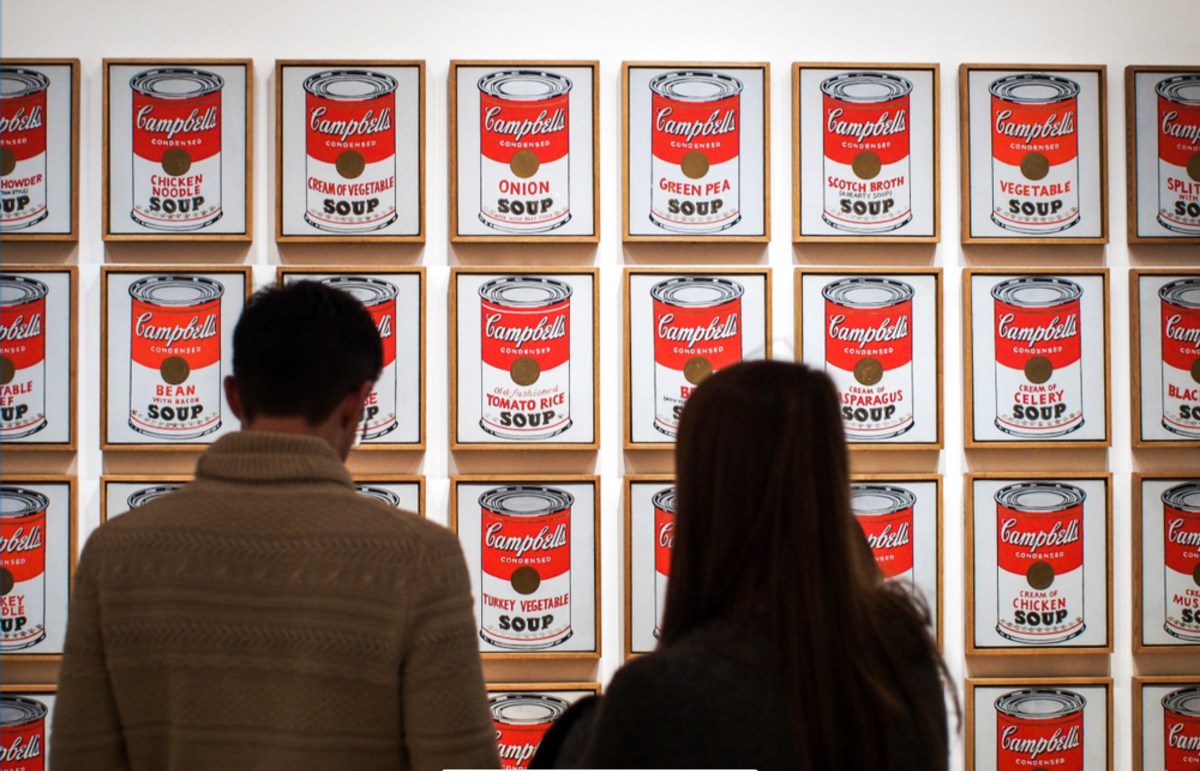Whether you are a musician trying to market your debut album or a maker selling your bespoke pieces, branding is an essential tool to help maximise your reach and accelerate your business.
More and more artists are self-represented, and with the influence of social media it’s a good opportunity to take a strategic approach in building your own brand.
From storytelling to presenting a coherent image, branding for artists is all about establishing a unique connection with your audience.
Here are some tips and resources to get you started.
BRANDING = STORYTELLING
Rather than just selling a product, branding can be seen as a form of storytelling, and the good news is, that’s what artists do best!
Whether you are trying to promote your artwork or branding yourself to stand apart from the crowd, it’s important to communicate your passion for the work, and be open to sharing why you do what you do.
While the what and how of your work matters a lot, the why question can generate the most resonance with wide audiences.
Read: Three killer mistakes women make in promoting their work
In order to define your personal brand, you’ll need to pin-point what you do best in your practice, how you do it, and most importantly, why. It might help to pick out a few of your favourite artists and try to define their brand with key words, or ask your peers what they see stands out about you the most.
Whether you’re a musician, performer, visual artist or craft maker, working with your peers can also be a source of inspiration to see what similarities and differences there are between you and others when working within a similar framework.
A co-hosted platform or pop up show can also bring more exposure, and might even lead to the establishment of a collective brand.
And remember, trying to build up a better and more recognisable image doesn’t take away from the quality of your work. Instead, branding should exemplify and communicate your product’s core values, offering a unique connection to your work that can draw the audience in.
MAKE IT COHERENT
It might feel tempting to change up your style once in a while, but repetition and consistency is much better for circulating a coherent image of your brand.
A starting point might be your social media. Think about whether it presents a certain characteristic or aesthetic that can be easily attributed to you. Do you like to post with humour? Are you drawn to certain filters? Does your cat photobomb every post? Find your niche and start working it into your brand.
Having strong visual traits can also be strategic. Strong visuals tend to stick, and they have been used to great effect by artists who have become unforgettable icons – think of Frida Kahlo’s unibrow or Yayoi Kusama’s cherry red bob. Andy Warhol’s Campbell soup cans and Takashi Murakami’s sunflowers are further examples of how the artist’s brand can be engrained through repetition, and become widely circulated imagery that is recognised beyond the arts sphere.
For music artists, offering merchandise can be a way to solidify your brand. Tote bags and t-shirts with your band’s imagery on they can become effective advertising (and merch could start with something as small as a sticker!).
If you’re a maker, be sure to take good product photos because that is the first thing people see, and it can determine whether or not you can establish more interest. Aspects like light, set and props can be used and adjusted to communicate your brand.
Read: Cheats guide to photographing your art online
Just like everything else, establishing your brand will likely involve a phase of trail and error. But similar to your artistic practice, your brand may also take time to mature until it fits like a second skin.
FURTHER RESOURCES
ArtsHub’s Artists Essentials Toolkit videos cover a range of subjects to help artists promote and monetise their work, including how to get your art noticed online, and building a portfolio career.
Also, as part of Craft Victoria’s Advice Clinic, ceramic studio owner Matthew Vrettas will host webinar Market Ready on 2 November for makers jumping into the retail world.
Design Canberra presents ‘Nurture’, beginning in November, will offer a series of wellness and professional development workshops. Programs include Nurture: Thrive where business and marketing expert Michael Ofei will take participants through the fundamentals of growing your audience and starting an online shop, tailored to makers.
For musos, there are several step-by-step guides to establishing your artist brand, including ‘Don’t Be Boring: A Musician’s Guide to Branding’, ‘What is Artist Branding?’, and Spinnup Music Distribution offers great tips. Remember that your music tells a story, and so should your brand.
This designhill post also goes into detail on creating a strong brand strategy for artists and how to build upon this visual presence.
To take your brand a step further, Brand X released a video for The Basics of Arts Marketing for a range of self-represented arts professionals, available on demand until 31 December 2021.





